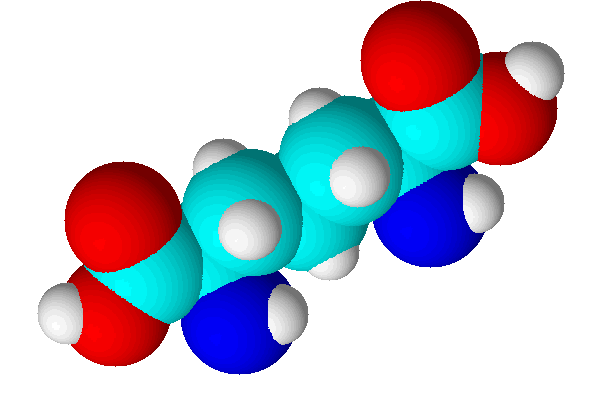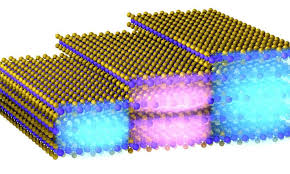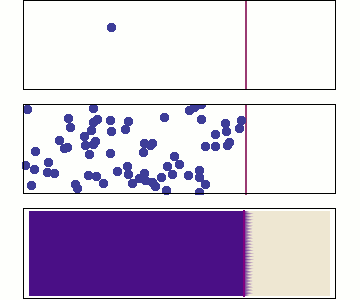_بخش نانو ساختار های اندو هِدرال
یک جمع بندی پایانی و کامل از مبحث (نانو ساختار های اندو هِدرال) و nanoporous
پژوهشگر و نویسنده: دکتر ( افشین رشید)
نکته: اهمیت کوچکسازی مواد یا nanoporous تا ابعاد نانومتری تغییر برخی خواص شناخته شده مواد است.
ساختار مواد یا nanoporous اهمیت مقیاس نانو در تغییر خواص و ویژگیهای مواد در این ابعاد است. خواصی مانند استحکام، انعطاف پذیری، رسانایی الکتریکی، خواص مغناطیسی، رنگ، واکنش پذیری و غیره. شروع تغییر خواص مواد با کوچکسازی آن بیش از هر چیز به نوع ماده و خاصیت مورد نظر بستگی دارد.

به عنوان مثال با کوچک شدن ابعاد یک ماده nanoporous ، عموما برخی از خواص مکانیکی مواد مانند استحکام بهبود مییابد. این افزایش استحکام تنها در محدوده چند نانومتر اتفاق نمیافتد و ممکن است استحکام مادهای چند ده و حتی صد نانومتری نیز بسیار بیشتر از ماده تودهای بزرگ مقیاس باشد. از طرفی تغییر برخی خواص همانند رنگ و خواص مغناطیسی ممکن است در ابعاد تنها چند نانومتر رخ دهد."مقیاسهایی در ابعاد اتمی، مولکولی و ماکرومولکولی" در تعریف علم نانو الکترونیک و "مقیاس نانومتری" در تعریف فناوری نانو میشوید.
در تعریف منطق nanoporous هر ماده ای از سه بعد تشکیل شده است. اگر حداقل یکی از این ابعاد در مقیاس نانو باشد) بین 0 تا 011 نانومتر( به این ماده، یک مـاده نانو ساختـار nanoporous گفتـه مـی شود. همچنین به بعدی کـه در مقیـاس نانو نباشد اصطالحا بعـد آزاد گفته می شود، زیرا هر مقداری می تواند داشته باشد. گِرافن از کاربردی ترین مواد در ساختار نانو مواد nanoporuos در تولید چیپ ها و قطعات نانو الکترونیک میباشد.به غیر از تغییر خواص مواد، ویژگیهای جالب توجه دیگری نیز در نانوساختارها nanoporuos وجود دارد.
چنانچه نانومواد را میتوان به صورت اتم به اتم و با شکل و ساختار دلخواه تولید کرد. همچنین نانومواد نسبت سطح به حجم بسیار بیشتری در مقایسه با مواد تودهای دارند. این خاصیت بسیار مهمی است که در تمامی فرآیندهایی که بر روی سطح مواد رخ میدهد )همانند واکنشپذیری( اهمیت فوقالعادهای دارد. پس اینگونه میتوان نتیجه گیری کرد که نانو تنها به معنی هزار برابر کوچکتر از میکرو نیست. همچنین فناوری نانو نیز تنها امتداد فناوری میکرو به یک مقیاس کوچکتر نمیباشد. فناوری نانو یک الگوی کامال جدید است که فرصتهای بسیاری را برای علم الکترونیک و علوم دیگر محیا میکند.
اهمیت کوچکسازی مواد یا nanoporous تا ابعاد نانومتری تغییر برخی خواص شناخته شده مواد است.
پژوهشگر و نویسنده: دکتر ( افشین رشید)
دکترایِ تخصصی نانو _ میکرو الکترونیک







